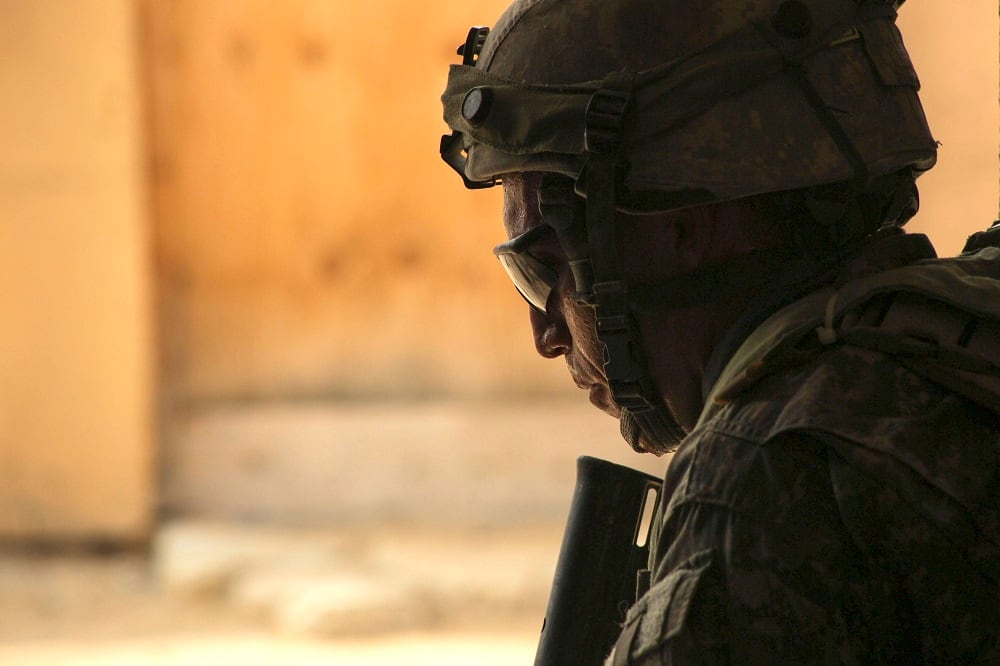WASHINGTON — Concussions may be among the most common and least understood military injuries, with identification of so-called “mild” traumatic brain damage a major challenge to combating the problem, health experts warned lawmakers on Wednesday.
But they also said the reasons for those shortfalls don’t fall solely on Defense Department and veterans researchers. Understanding and diagnosing the problem remains frustratingly elusive in the medical community, even as an ever-increasing amount of is compiled from sports injuries, workplace accidents and other non-military events.
“Among civilians, nearly 4 million concussions occur each year,” Dr. David Dodick, program director for the Mayo Clinic’s concussion program, told lawmakers on the Senate Armed Services Committee on Wednesday.
“It can lead to permanent symptoms in some and permanent damage or disease in others. And yet, it remains significantly underdiagnosed.”
Dodick’s comments came at a hearing designed to look at improvements to military and veterans brain injury programs, but the secondary effects of that work could have wide-ranging effects on the country as a whole. Sen. Kirsten Gillibrand, D-N.Y., said she is hopeful successes from military experts working on the problem could lead to significant advances for the general public.
“If the military figures this out, then the rest of us can figure it out too,” she said.
According to Defense Department statistics, since 2000 more than 370,000 servicemembers have been diagnosed with traumatic brain injury. More than 80 percent were considered “mild” TBI, from incidents as minor as simple falls and as serious as roadside bomb blasts.
But health experts testifying on Wednesday said any brain injury causes some breakdown of electrical pathways and chemistry between brain cells. Research has shown significant health problems from compounding concussions, making early identification of the injuries important.
Both the Pentagon and VA have stepped up concussion screening programs in recent years. Capt. Mike Colston, director of mental health programs for military health affairs, said the vast majority of TBI diagnoses in the ranks come from non-combat events, like training activities or vehicle crashes.
“Concussions, which often lack obvious visible injury, have potential to impact the readiness of the force,” he said. “That is why the department continues to emphasize and focus on advances in concussion diagnostic testing and evaluation, treatment and research.”
Dodick said that remains a difficult task.
“I’ve been doing this for 25 years,” he told the committee. “Even to this day, I would have a hard time picking out deficits I could point to and say, ‘yes, this person has brain injury.’”
Health experts said advances in early detection remain their top focus. Some new tools have shown promise, but more work is needed in refining that work and better documenting those head injuries for future health evaluations.
Leo covers Congress, Veterans Affairs and the White House for Military Times. He has covered Washington, D.C. since 2004, focusing on military personnel and veterans policies. His work has earned numerous honors, including a 2009 Polk award, a 2010 National Headliner Award, the IAVA Leadership in Journalism award and the VFW News Media award.



